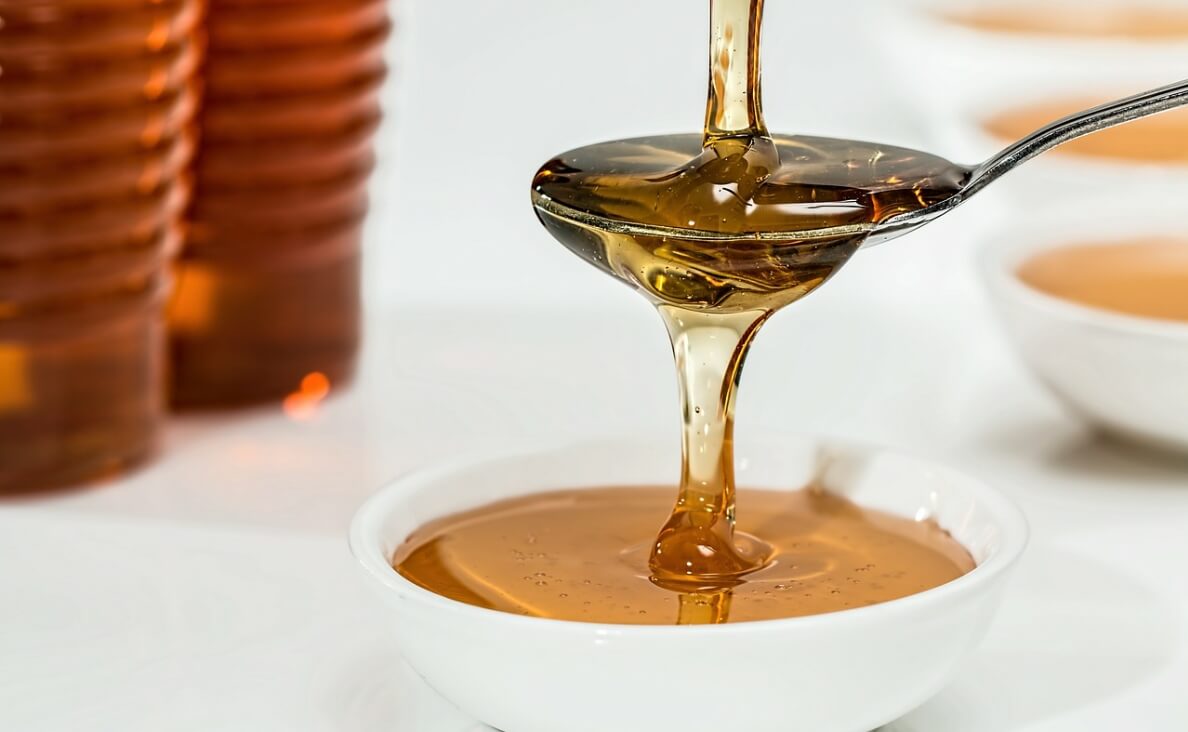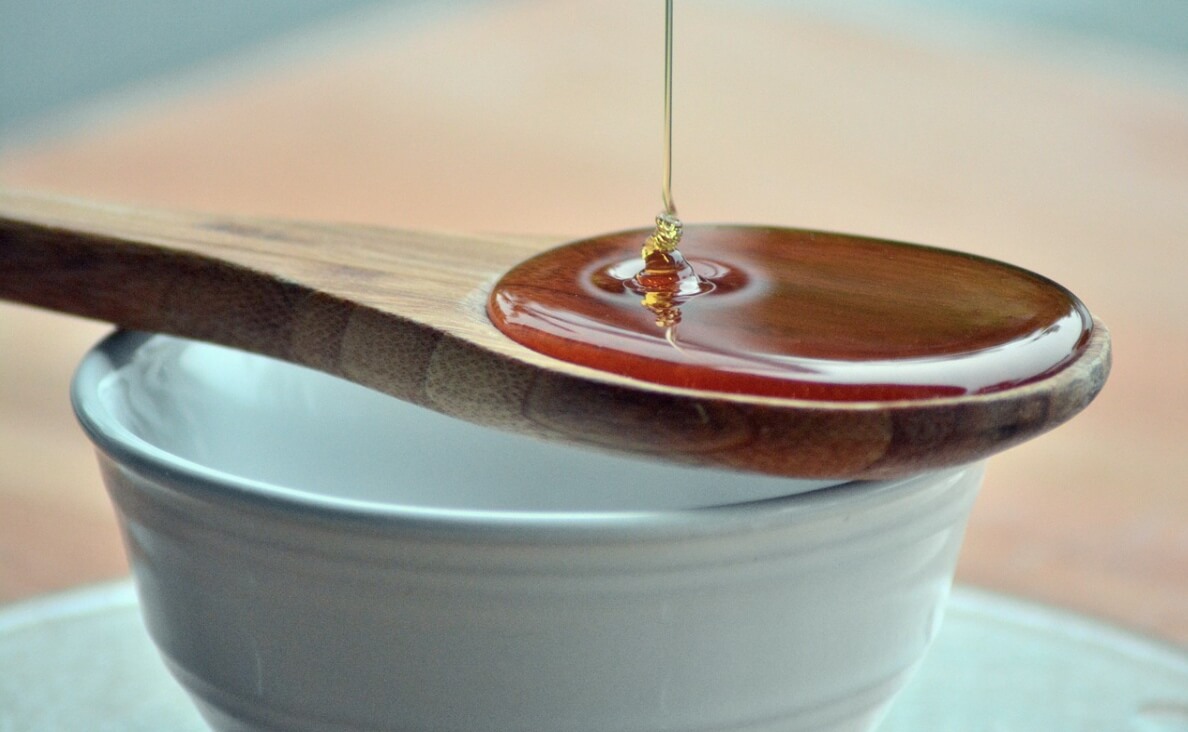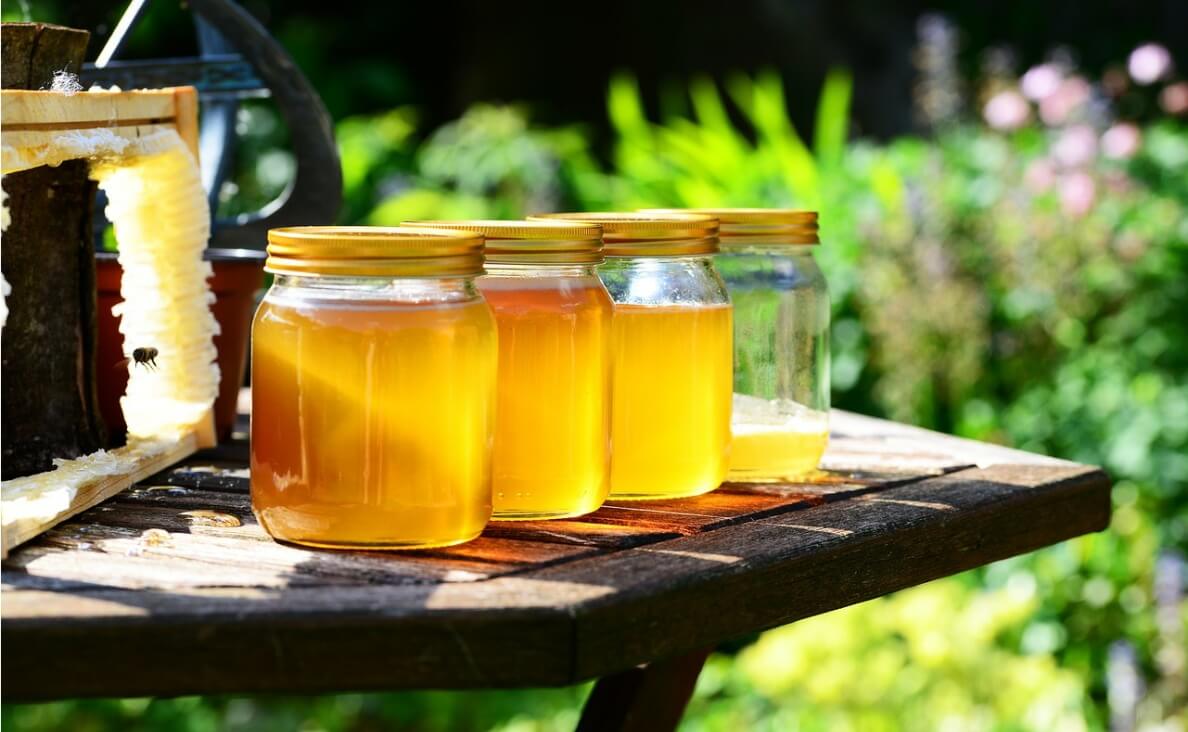
Understanding what foods are safe for our canine companions is crucial for their health and well-being. One food that often raises questions is honey. This sweet, sticky substance is a favorite among humans, known for its health benefits and natural sweetness. But can dogs eat honey? This blog post will explore this topic in detail, helping you make an informed decision about including honey in your dog’s diet.
Related: The Ultimate Guide to Foods You Can and Can’t Feed Your Dog
What is Honey?
Honey is a natural sweetener produced by bees from the nectar of flowers. It comes in various types, including raw and processed honey. Raw honey is unfiltered and unpasteurized, preserving most of its natural enzymes and nutrients. Processed honey, on the other hand, undergoes filtration and pasteurization, which can remove some beneficial properties. Honey is rich in antioxidants, vitamins, and minerals, making it a popular choice for health-conscious individuals. But when it comes to dogs, we need to consider if these benefits translate to our furry friends.
Is Honey Safe for Dogs?
The short answer is yes, dogs can eat honey. However, it’s essential to understand that while honey is generally safe for dogs, it should be given in moderation. Dogs’ digestive systems are different from humans, and what might be a superfood for us can sometimes cause issues for them. When considering honey for dogs, it’s important to note that it should be fed in small quantities to avoid any potential health risks.

Benefits of Honey for Dogs
Honey can offer several benefits to dogs when given appropriately. Firstly, honey is a natural energy booster. The sugars in honey provide a quick source of energy, which can be particularly beneficial for active dogs or those needing an extra energy boost. Additionally, honey has soothing properties that can help with sore throats and coughs. Just like it does for humans, a small amount of honey can coat a dog’s throat and provide relief from irritation.
Moreover, honey is known for its healing properties. It has been used for centuries to treat wounds and burns due to its antibacterial and anti-inflammatory properties. Applying honey topically to minor cuts or abrasions on a dog can promote faster healing. Furthermore, honey is rich in antioxidants, which can support a dog’s overall health by combating free radicals and reducing inflammation.
Risks and Precautions
While honey can be beneficial, it’s crucial to be aware of the potential risks. One of the primary concerns is allergic reactions. Some dogs may be allergic to honey, leading to symptoms like itching, swelling, and digestive upset. It’s always a good idea to introduce honey slowly and monitor your dog for any adverse reactions. Another significant risk is botulism, particularly in puppies and immune-compromised dogs. Botulism is a rare but serious illness caused by a toxin that can be present in honey. Therefore, it’s advisable to avoid giving honey to puppies and dogs with compromised immune systems.
Additionally, honey is high in sugar, which can lead to weight gain and dental issues if fed excessively. To prevent these problems, it’s essential to stick to recommended serving sizes and limit the frequency of honey treats. Consulting a veterinarian before adding honey to your dog’s diet is always a wise decision, ensuring it aligns with their health needs and conditions.

How to Safely Feed Honey to Your Dog
If you decide to feed honey to your dog, there are several safe ways to do so. One method is to mix a small amount of honey with your dog’s regular food. This can enhance the taste and provide the benefits of honey without overwhelming their diet. Another option is to use honey as a treat or reward during training. A small dab of honey can be a delightful and motivating treat for your dog.
For those who enjoy making homemade dog treats, honey can be an excellent ingredient. There are numerous honey-based recipes available that cater specifically to dogs, ensuring they get a tasty and healthy snack. Remember to always use honey in moderation and avoid overfeeding to prevent any negative health impacts.
Alternative Natural Sweeteners for Dogs
While honey is generally safe for dogs, there are other natural sweeteners you might consider. Coconut sugar is one such alternative. It has a lower glycemic index than regular sugar, making it a better option for dogs prone to blood sugar issues. Maple syrup is another natural sweetener that can be used sparingly in dog treats. It contains fewer calories than honey and provides some essential minerals.
Carob is a fantastic alternative to chocolate, which is toxic to dogs. It has a naturally sweet flavor and can be used in various dog-friendly recipes. These alternatives offer variety and can be used to create different treats while ensuring your dog’s diet remains healthy and balanced.
In conclusion, dogs can eat honey, and it can offer several health benefits when fed appropriately. Honey can be a natural energy booster, soothe sore throats and coughs, promote healing of wounds, and provide antioxidants. However, it’s essential to be aware of the risks, including allergic reactions, botulism, and potential weight gain. Always consult a veterinarian before introducing honey into your dog’s diet and ensure it is given in moderation.

FAQ Section
Can all dogs eat honey?
Most dogs can safely consume honey in small quantities. However, puppies and dogs with compromised immune systems should avoid honey due to the risk of botulism.
How much honey is safe for dogs?
A small amount, such as a teaspoon, is generally safe for most dogs. Adjust the quantity based on your dog’s size and monitor for any adverse reactions.
Are there any long-term benefits of feeding honey to dogs?
Honey can provide long-term benefits like improved energy levels, enhanced immune support, and overall well-being when included as part of a balanced diet.
Do you feed your dog honey? If so, how do you feed it to him or her (i.e. lick off a spoon, as an ingredient in a dog treat, KONG toy, smoothie, etc.)? Please share in the comments below…

 5 Signs Your Dog Has Food Allergies
5 Signs Your Dog Has Food Allergies Seamless Tips for Switching Dog Food Without Tummy Issues
Seamless Tips for Switching Dog Food Without Tummy Issues Can Dogs Eat Broccoli? Safe Ways to Add Vegetables to Your Dog’s Diet
Can Dogs Eat Broccoli? Safe Ways to Add Vegetables to Your Dog’s Diet Does Pumpkin Help with Dog Diarrhea?
Does Pumpkin Help with Dog Diarrhea? Is Peppermint Safe for Dogs? Everything You Should Know
Is Peppermint Safe for Dogs? Everything You Should Know






Leave a Reply